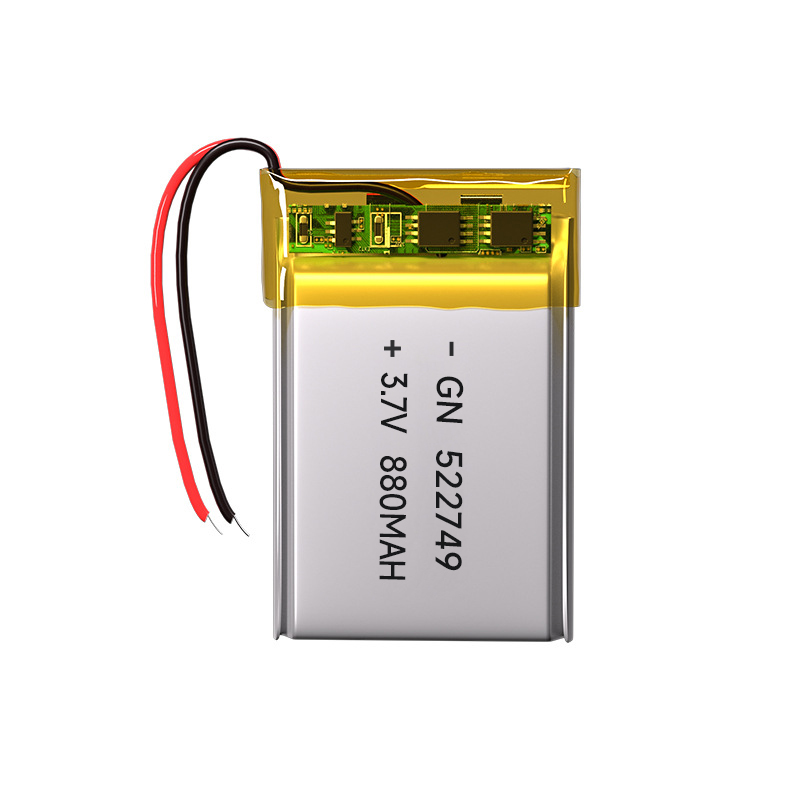

Nickel-hydrogen battery technical training provided by electronic enthusiasts: Nickel-hydrogen battery principle, Nickel-hydrogen battery technical training: Nickel-hydrogen battery principle The positive active material of the nickel-hydrogen battery is nickel hydroxide (called nickel oxide electrode), and the negative active material is metal oxide material, also called hydrogen storage alloy (the electrode is called hydrogen storage electrode)
Nickel metal hydride battery technology training: nickel metal hydride battery principle
The positive active material of the nickel-hydrogen battery is nickel hydroxide (called nickel oxide electrode), the negative active material is metal oxide, also called hydrogen storage alloy (the electrode is called hydrogen storage electrode), and the electrolyte is 6N potassium hydroxide. During battery charging and discharging The battery reaction during the process is:
Among them, M represents hydrogen storage alloy material. The open circuit voltage of the battery is: 1.2V~1.3V, which varies due to different hydrogen storage materials and preparation processes. When overcharging, the reaction on the two poles is: on the nickel oxide electrode: 4OH`-4e-2H2O ten O2
On the hydrogen storage electrode; 2H2O+O2+4e—4OH`
Overall reaction when the battery is overcharged: O
In the design of batteries, the method of using an excessive amount of negative electrode is generally used. When the nickel oxide electrode is fully charged, oxygen is generated, which is recombined into water at the negative electrode through diffusion. In this way, the internal pressure of the battery is kept constant and the concentration of the electrolyte is kept constant. Giant changes occur. When the battery is over-discharged, the electrode reaction is:
On nickel oxide electrode: 2H2O+2e—H2+2OH`
On the hydrogen storage electrode; H2+2OH`-2e—2H2O
Overall reaction when the battery is over-discharged: O
Although the net result of the total battery reaction is zero when over-discharged, polarity reversal will occur. Since the hydrogen produced on the positive electrode will be recombined on the negative electrode, the stability of the system is also maintained. In addition, the negative active material hydrogen can be adsorbed into the dry hydrogen storage alloy in the hydrogen atomic state at a relatively high density. On such an electrode, the hydrogen absorption and release reaction can proceed smoothly, and the discharge performance is improved compared to cadmium-nickel batteries.

Popular recommendation
This durable gas stove specific battery allows you to...
2022-06-15batteries aaa!SK Innovation will develop new batteries and increase production capacity
2023-10-081.5v Alkaline battery.What is the production process of 18650 lithium battery?
2023-10-09CR1216 battery.Energy Institute has made progress in the research and development of polymer electro
2023-10-08LR44 battery.Innovative application of lithium-ion battery energy storage technology in Pengshanling
2023-10-14CR2032 button cell.In terms of battery core technology, BYD beats Tesla?
2023-10-08AG7 battery.Key points about the PACK process of 18650 lithium-ion battery
2023-10-09Which is better, lithium battery or lead-acid battery?
2022-11-18Dry Battery!The balanced working principle of lithium iron battery protection chip and lithium batte
2023-10-0818650 battery 3.7v 6000mah.What is the significance of studying the health status of lithium-ion bat
2023-10-08LR43 battery.Laying out flow battery technology, BASF actively explores the energy storage market
2023-10-14What causes the loss of battery energy
2022-11-04